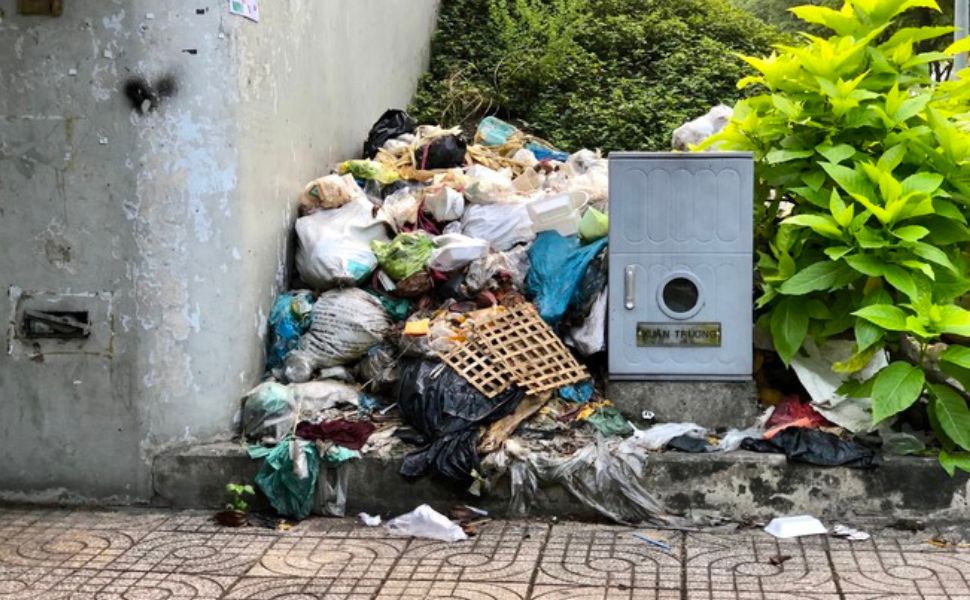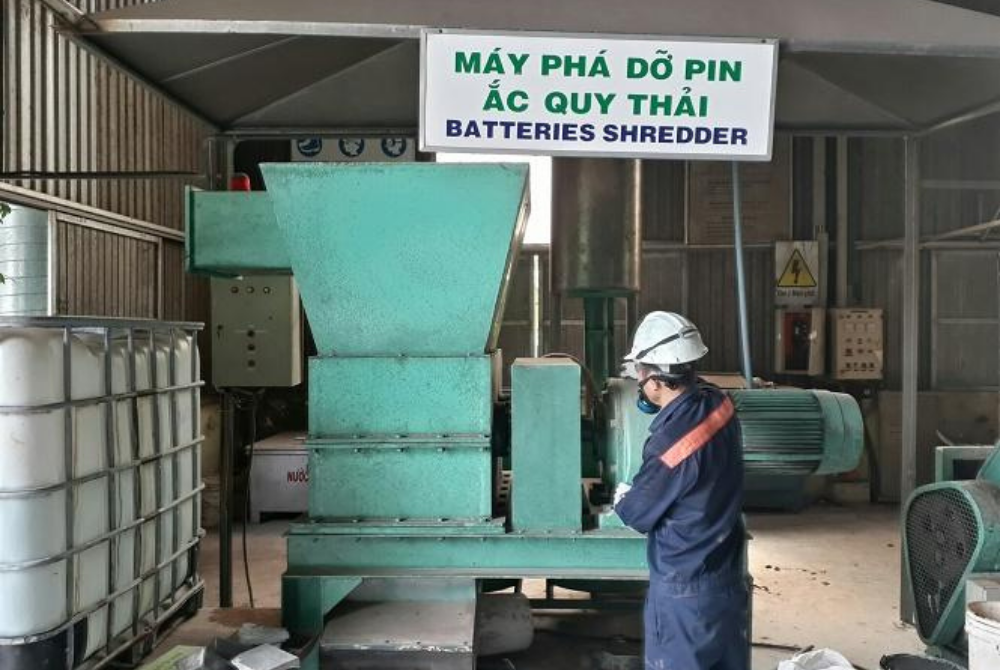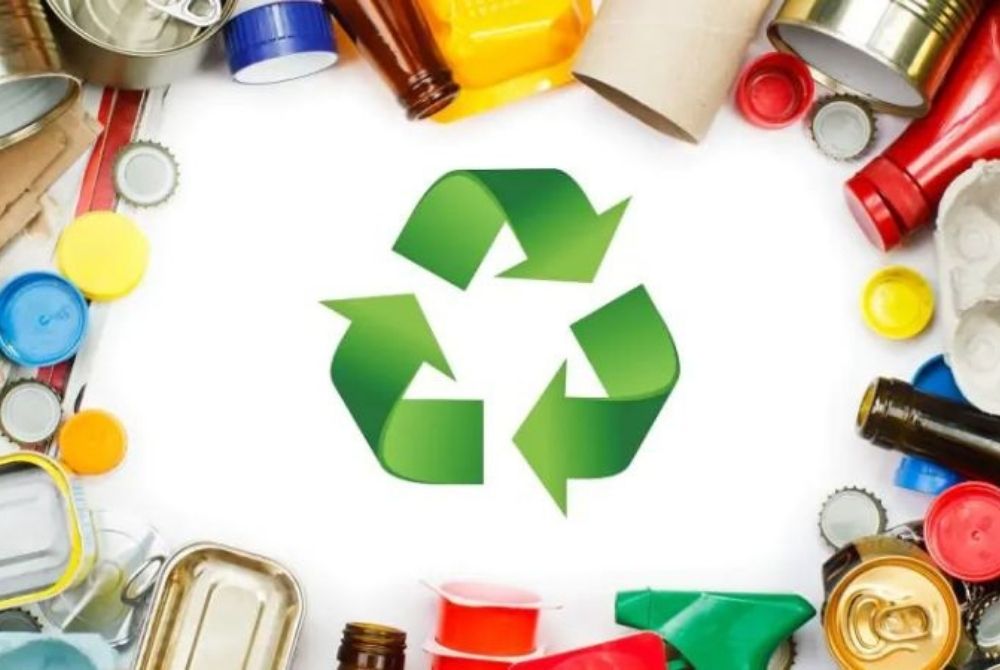The surveillance tech of Ho Chi Minh City is looking for littering
Additionally, Ho Chi Minh City promotes public awareness that will increase the use of software to receive, monitor, and handle illegal waste disposal practices. The Vietnamese Fatherland Front Committee of Ho Chi Minh City has coordinated the Department of Science and Technology, the Union of Scientific and Technical Societies of HCMC, organizing a symposium on solutions to accelerate the implementation of the campaign "People of HCMC do not discharge garbage into streets and canals, for green city and eco-friendly" for the period 2023-2025.
Removing over 500 waste pollution locations.
Mr. Nguyen Van Phuoc – The Vice Chairman of the Committee of the Vietnamese Ministry of Education, Science, and Technology, HCMC, and Chairman of the Union of Scientific and Technical Societies, stated that the campaign's implementation has many meanings; the entire city with 312 communes - towns have organized a dialogue with the people, reaching a rate of 100%; the work of mobilizing households, agencies, and businesses signed a commitment to maintain environmental hygiene, not to harm the environment.
Specifically, from 2021 to May 2023, HCMC evaluated and documented 568 pollution points owing to rubbish accumulation, discharging 505 points, of which 198 points were turned into community living places (parks, flower gardens, sports playgrounds, and so on).
Mr. Nguyen Ky Phuong – The Vice Chairman of Thu Duc City Committee (TDCC) stated that has undertaken various environmental solutions, such as rehabilitation, decorating residential neighborhoods, parks, public entertainment, and tree planting... Through inspection and monitoring, TDCC and organizations have cleaned up 140 pollution locations on the territory, transforming 77 into parks, vegetable gardens, and leisure spaces for residents.
Ms. Tran Kim Yen - Chairman of the Vietnam Fatherland Front in Ho Chi Minh City, affirmed that the campaign "People of HCMC do not dump garbage on the streets and canals, because the city is clean, green and eco-friendly" has received consensus among the people, religious institutions in the region, contributing to changing the behavior, habits, and sense of environmental protection of each citizen. Through that, help make Ho Chi Minh City greener - cleaner - more beautiful.
Illustration image
Using technology to deal with infractions
Pursuant to Mr. Nguyen Ky Phuong - the Vice Chairman of the Thu Duc City Central Committee used flycam equipment to inspect and record the garbage points generated in the project areas with sizeable empty land areas; at the same time, using GIS software to regularly, continuously update the garbage points generated, re-generate waste to manage and solve easily.
Mr. Nguyen Trong Minh, General Director of Grac Technology Co., said that since 2020, many HCMC localities have used Grac to reduce the amount of waste, especially bulky waste. Accordingly, residents or tourists who see a person dumping garbage can take a picture of the violation and report it by uploading it through the Grac application on their mobile phone. These complaints will be forwarded to the ward committees and local garbage collection units for resolution and sanction as prescribed.
In agreement with Minh, the app also allows people to contact the garbage collector directly at the place where the waste is generated through a mobile phone number. Citizens also can report collecting problems, etc.
Currently, the Grac application has been successfully implemented in 155 communes, wards, and towns in the three districts, Gò Vấp, Bình Thạnh, Bình Chánh district and TP. German with over 2.5 million users. The software is in the testing phase in Districts 1, 4, 5, 6, 8, 10, 11, 12, Binh Tan and Phu Nhuan.
As per Trần Kim Yen - Chairman of the Committee of the Vietnamese Enterprise of Ho Chi Minh City, the next time, the Committee of the Districts, and Thu Duc City should continue to implement and develop online management software to receive and process people's opinions and reflections on the status of waste discharges to roads, canals, environmental pollution points, and environmental violations quickly and in a timely manner.
At the same time, use images extracted from the surveillance camera system to handle environmental hygiene violations (directly or indirectly), from direct reminders through street associations to handling in the form of fines through recorded images.
Source: MONRE













